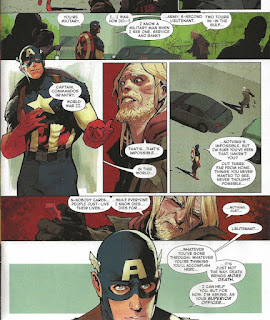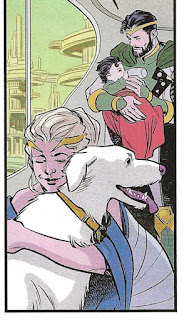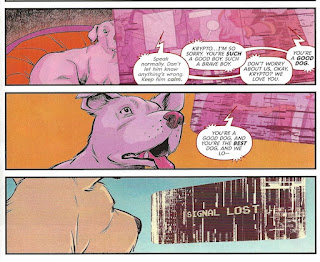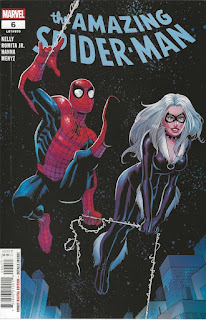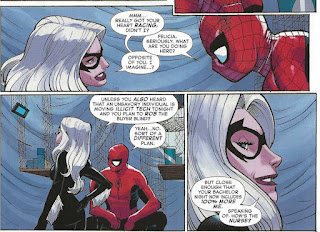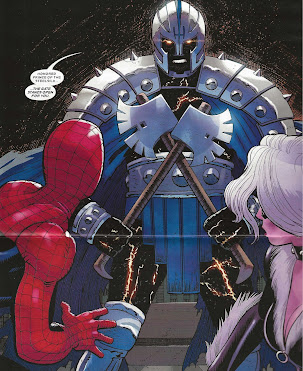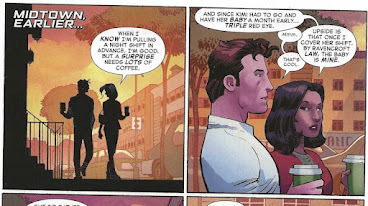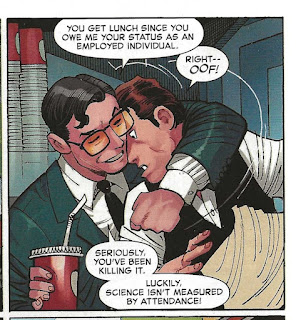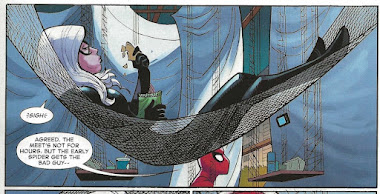Pick of the Brown Bag
September 4, 2025
by
Ray Tate
"Greetings and felicitations!" My name is Raymond Tate the scribe and squire of the Pick of the Brown Bag. In this blog I examine the best and the worst of comic books. This week I take a look at The Adventures of Lumen N, a new title from Dark Horse.
Lumen is the granddaughter of Captain Nemo. No need for spoiler alert.
This is the book's premise, and you may want to know what the N stands for. Especially, if you're a fan of Captain Nemo.
Other productions toyed with the idea of Nemo's legacy; notably the anime Nadia, the Secret of Blue Water.
The first ten or so episodes pure Nemo gold. The rest middling due to the slower pace. Sometimes painfully slow.
If you're a fan of Captain Nemo, you really can't get enough of this kind of thing. As long as it's done well, and Adventures of Lumen N is done well. Writer James Robinson and artist Phil Hester approach the subject with verve. Colorist Bill Crabtree creates a palette equal to the vivid nineties animation.
A white lion cub named King accompanies Nadia.
A more geographically correct full-grown tiger is Lumen's animal friend.
Before meeting the newest member of Nemo's brood, Robinson and Hester open the comic book on Nemo's final resting place, the Mysterious Island, from Jules Verne's serial of the same name.
With the glee of producing a film, Robinson and Hester bring the camera closer and closer to the device. The device that keeps Nemo alive and in suspended animation.
I find it fascinating that Nemo didn't create the device. Verne identifies Nemo as an extraordinary mind. He created the first nuclear submarine, which wouldn't hit real life until 1939.
My first exposure to Captain Nemo was a classic adaptation from Marvel Comics. I was hooked, but I didn't know the whole story. Although already devouring the adventures of Sherlock Holmes, Batman and Nancy Drew, I was too young to appreciate the full majesty of Monsieur Verne.
The next best thing happened on television. A Captain Nemo series starring Jose Ferrer, the first non-white actor to play the part.
The idea of Nemo freshly out of suspended animation--a phrase every comic book reader knew--and resurfacing in the modern world to battle the Penguin, Burgess Meredith, was pure mana for a kid.
Though Nemo is frequently portrayed by white actors, he is in fact Indian and of royal blood.
This we learn in Verne's The Mysterious Island. For such reason, The Adventures of Lumen N mostly takes place in India.
Definite Nadia influences drift into view. When we first encounter Nadia, she's a displaced acrobat plying her trade in turn of the century Paris.
Lumen is neither displaced nor in France. Robinson and company present her refreshingly as a beloved youth who has a somewhat normal childhood; being the Indian equivalent of a tomboy. It makes sense that if Lumen's parents hadn't provided for her, Nemo would have. Batman after all provided for Robin with the hope that he would be a better man.
When growing older, I finally read the library-available works of Jules Verne and watched every movie aired about the good Captain.
Some readers and viewers see Nemo as James Robinson describes him in the narrative of The Adventures of Lumen N.
I always saw Nemo as the hero of the picture. His hatred of war and his belief that the earth is one planet without borders, without territory appeals to me to this very day.
I am no fool. I know this want of Nemo and myself is thwarted on a daily basis. It is worse now thanks to America leaning-in toward fascism.
Fortunately, this is beyond ICE's technology.
Herein lies the mystery. I can hazard a guess to whom the invading army belongs, but I can't produce anything remotely concrete. Moriarty? Fantomas? Mabuse? Perhaps, Robur? The army could serve any one of these master villains who roamed Europe in the ballpark-period of Nemo and Sherlock Holmes.
Nemo by the by makes a spectacular entrance to add his ingenuity to the battle. He's not just on hand to lend his name. He may be ancient, but as with so many of his lot, that doesn't keep a good champion down.
Adventures of Lumen N is a must buy for any Captain Nemo fan. This is also a good comic book for teens of any gender and adults that prefer rousing adventure in the pulp tradition.


































